Fish Screen Issues Continue and Klamath River Youth Head to COP30
News continued this week surrounding the lack of fish screens in the Upper Klamath Basin, while initial numbers from this fall's chinook salmon run show a strong return in both the Sacramento and Klamath Basins. Oregon Public Broadcasting released a documentary on the Paddle Tribal Waters first descent of the free flowing Klamath River this summer - just as some of those same youth head to Brazil to share the Klamath's story on a world stage. And, we get a glimpse into how federal budget cuts and the recent shutdown are effecting the work of agencies and restoration groups.
Explore the articles below to learn more.
News
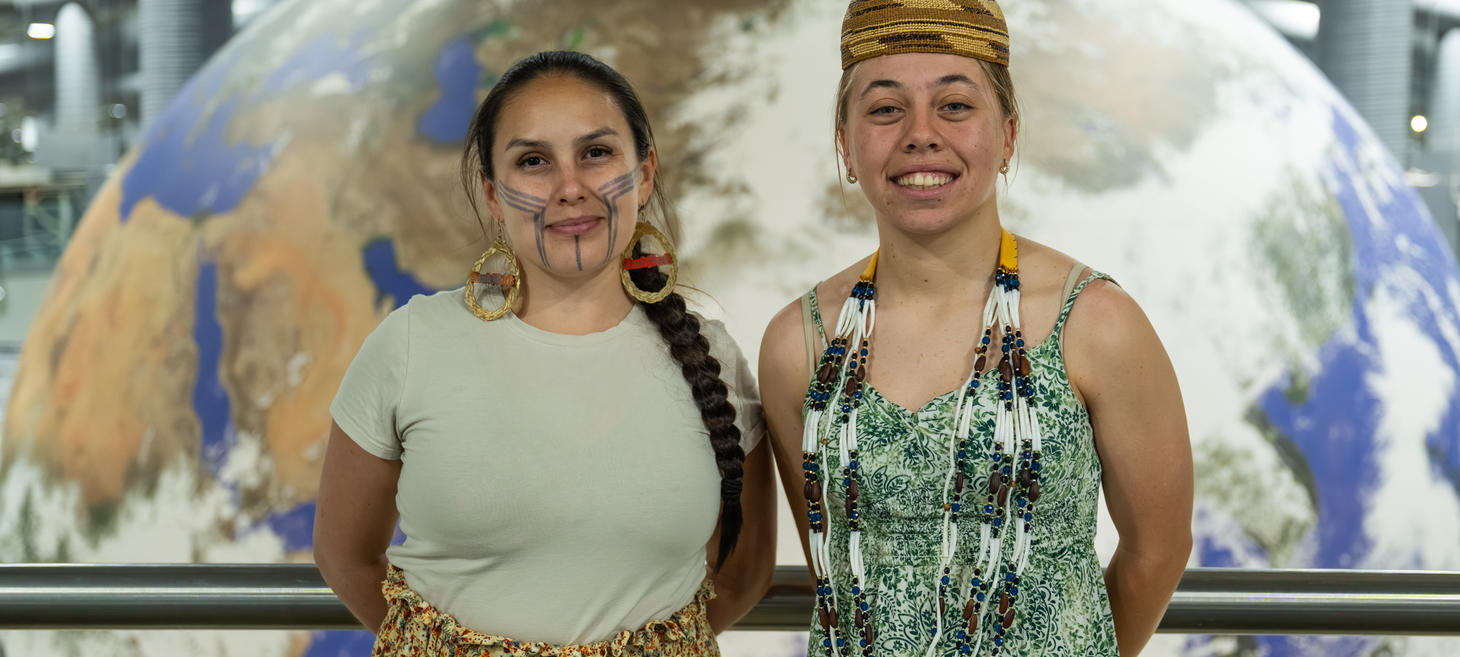
Klamath River Youngsters Who Recently Paddled the Un-Dammed Waterway Head to Brazil for COP 30 Climate Change Conference | Lost Coast Outpost | Humboldt County News
This week, Ruby Williams, Keeya Wiki, and Kiahna Allen, participants from the Rios to Rivers Paddle Tribal Waters first descent of the Klamath River, head to Brazil to participate in COP30, the largest global United Nations event for discussions and negotiations on climate change. There, they will join scientists, world leaders, and activists to share the Klamath River Accord, a landmark declaration to protect free-flowing rivers and recognize dam removal as a powerful solution for climate resilience and environmental justice.
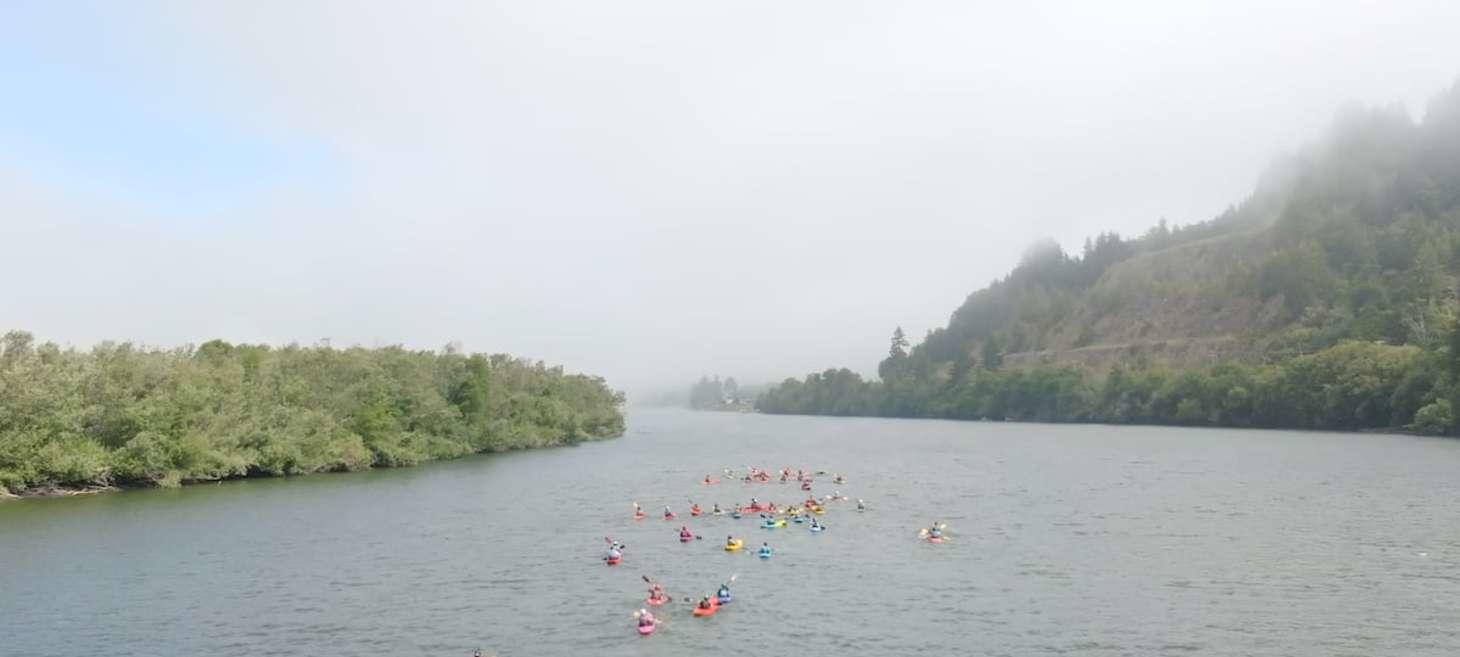
OPB documentary ‘First Descent: Kayaking the Klamath’ follows Indigenous kayakers on a historic journey after dam removal - OPB
Oregon Field Guide's "First Descent: Kayaking the Klamath" documentary is available on OPB's website and YouTube.
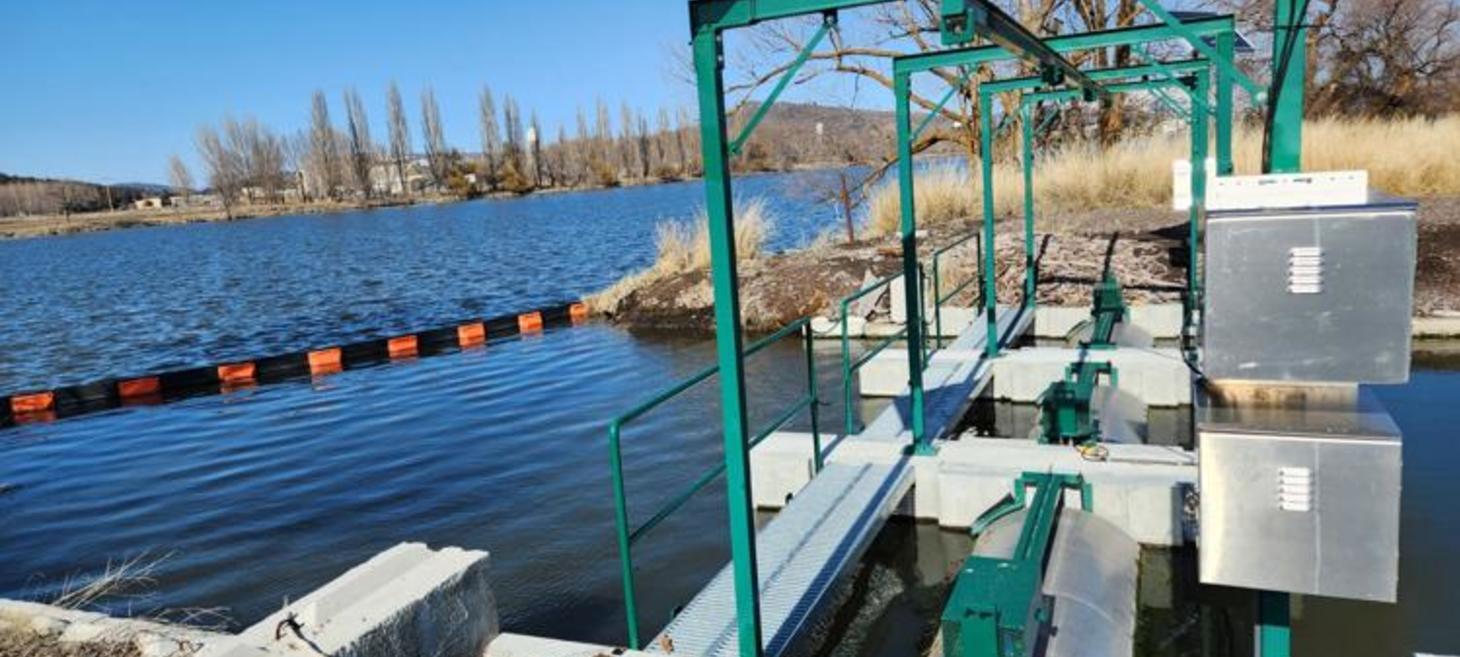
State officials explain delays in providing fish screens | | heraldandnews.com
Demands for fish screens by Klamath Basin groups impacted by the return of salmon on the Klamath River are being acknowledged by the Oregon Department of Fish and Wildlife, but it appears unlikely the devices will be installed quickly.
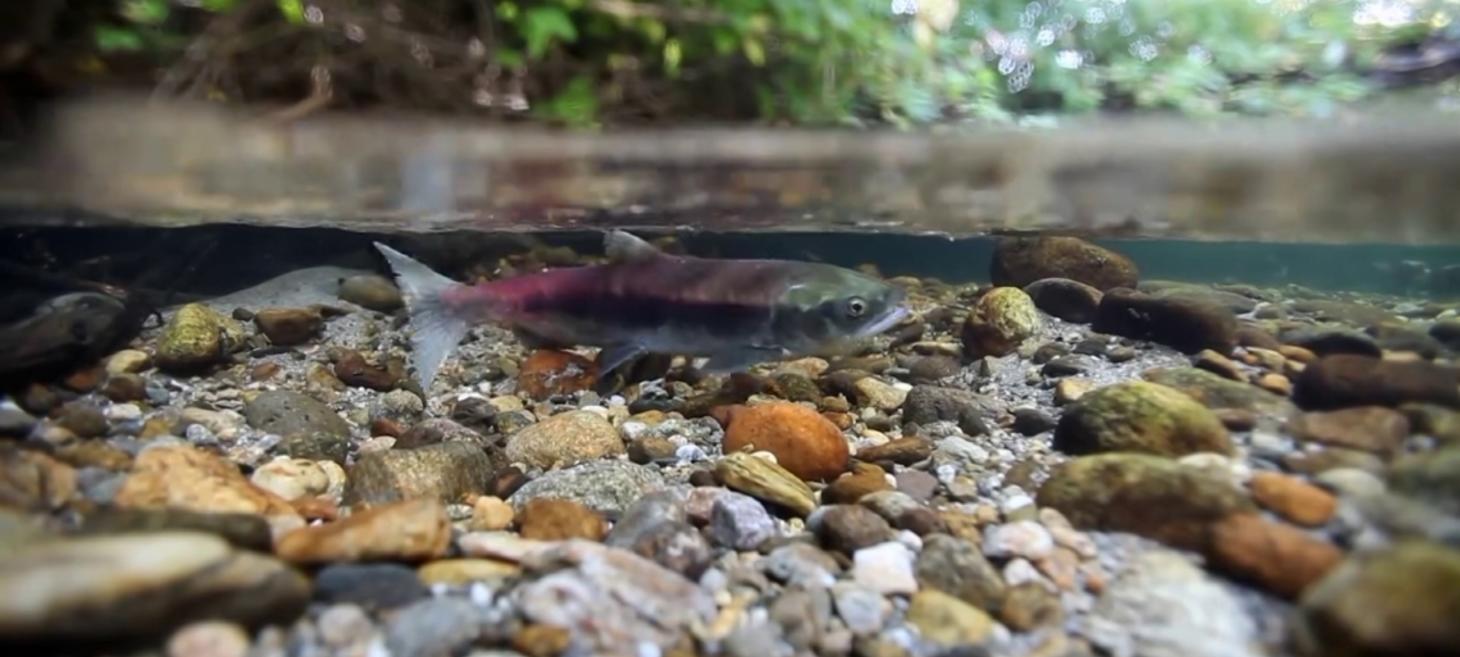
Klamath basin irrigation managers say return of salmon has brought new challenges | kgw.com
Four Klamath River dams were removed in recent years, allowing salmon to repopulate — but officials say some fish are showing up in places where they shouldn't be.

Officials find more positive news for Fall-run salmon in the Feather, Klamath and Sacramento and rivers • Chico News & Review
Preliminary data suggests Fall-run Chinook salmon returns to the Feather, Sacramento and Klamath river systems are looking much better in 2025, following the third year of a total closure of commercial ocean salmon fishing in California coast.
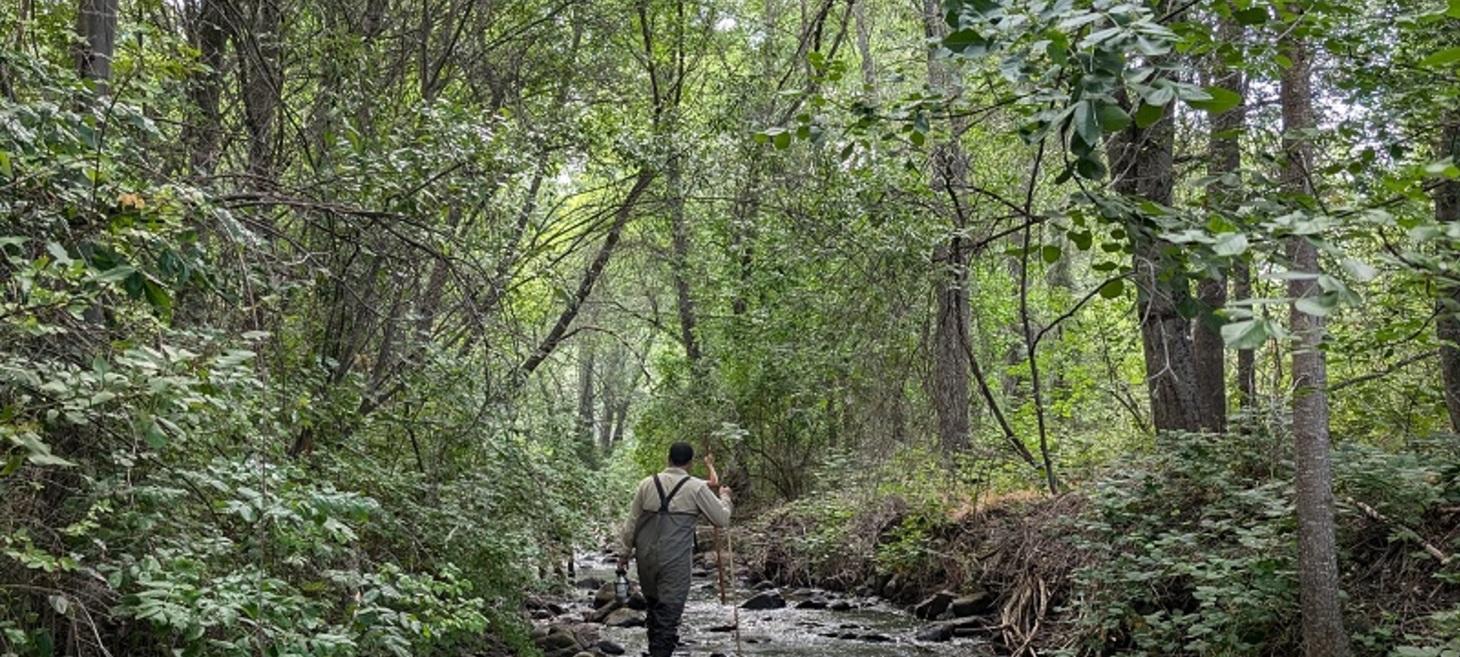
CDFW News | ‘Salmon Everywhere’ One Year After Klamath Dam Removal
A little more than a year after the historic removal of four hydroelectric dams on the Klamath River, California Department of Fish and Wildlife (CDFW) scientists are seeing salmon reoccupying just about every corner of their historic habitat.
Extremely high microcystin level detected in Barnes Unit water sample | | heraldandnews.com
ODFW is urging waterfowl hunters and other visitors to use extreme caution after laboratory results revealed exceptionally high levels of microcystin in a water sample collected from the Barnes Unit of the Upper Klamath National Wildlife Refuge.
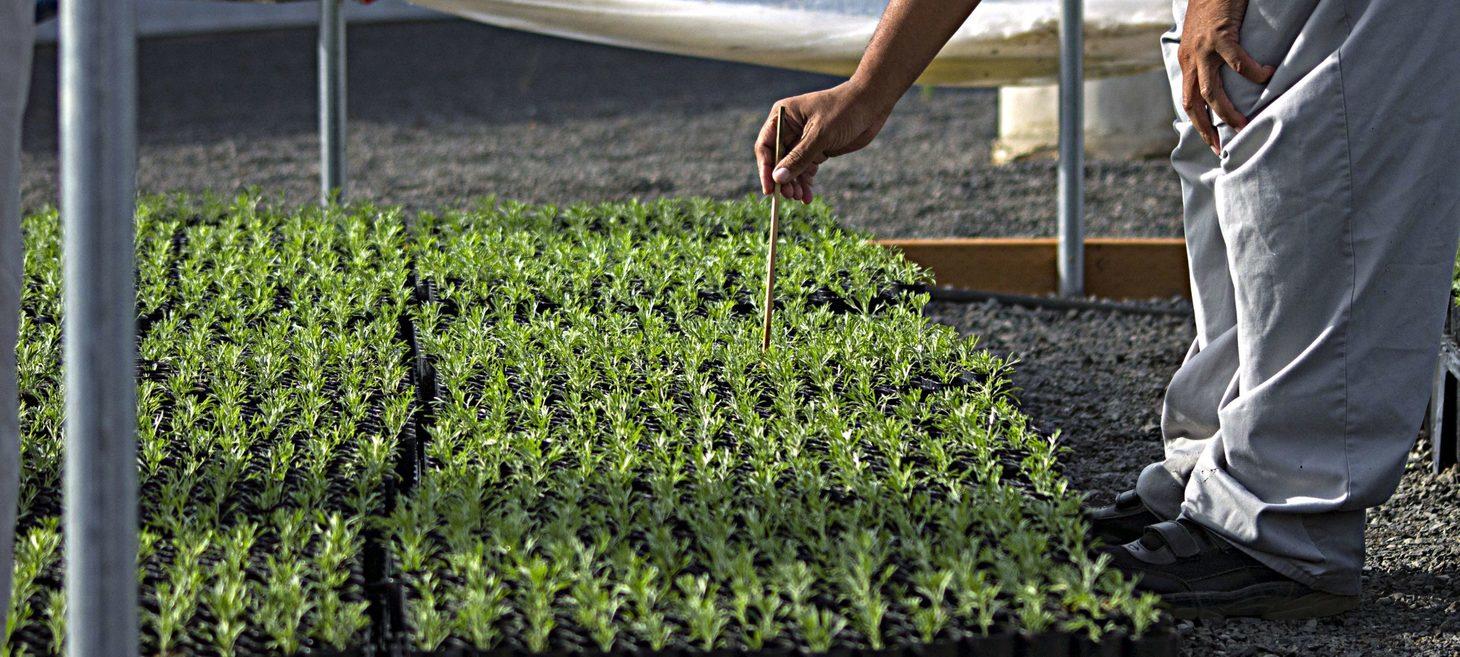
After Trump cuts, seeds sit in the warehouse - High Country News
Western groups lose federal grants for urgent restoration and conservation projects.

Forest Service did prescribed burns on 127,000 acres during shutdown - Los Angeles Times
Despite the government shutdown during prime prescribed burn season across the American West, the Forest Service managed to keep pace with previous years.
In Case You Missed It...

Opinion - Trump's water plan could imperil California wild salmon | Sacramento Bee
California’s wild salmon have faced just about every obstacle imaginable over the decades as they now cling to survival. Dams have blocked where they are supposed to spawn. Levees deny young fish the floodplain for feasting. Pumps send them in deadly wrong directions.
Read more at: https://www.sacbee.com/opinion/article312088136.html#storylink=cpy
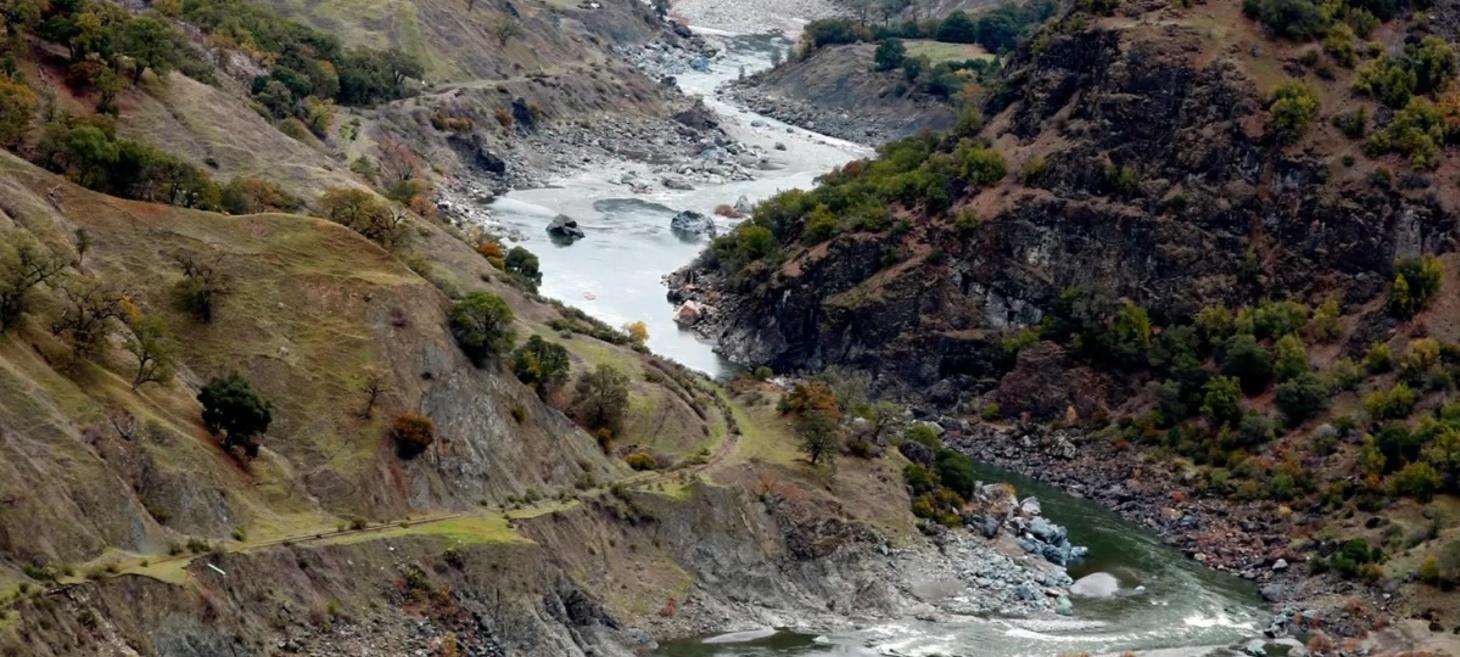
Northern California tribes sign treaty to restore Eel River, fish populations, after dams removed
Leaders from the Round Valley Indian Tribes in Mendocino County and the Yurok Tribe in Del Norte and Humboldt counties met at the Eel River Canyon Preserve in Trinity County last month to sign the “Treaty of Friendship.”
The agreement commits the tribes to restoring the river and rebuilding its declining fish populations as Pacific Gas & Electric moves to decommission the Potter Valley Project hydroelectric system’s Scott Dam in Mendocino County and Cape Horn (also known as Van Arsdale) Dam in Lake County.
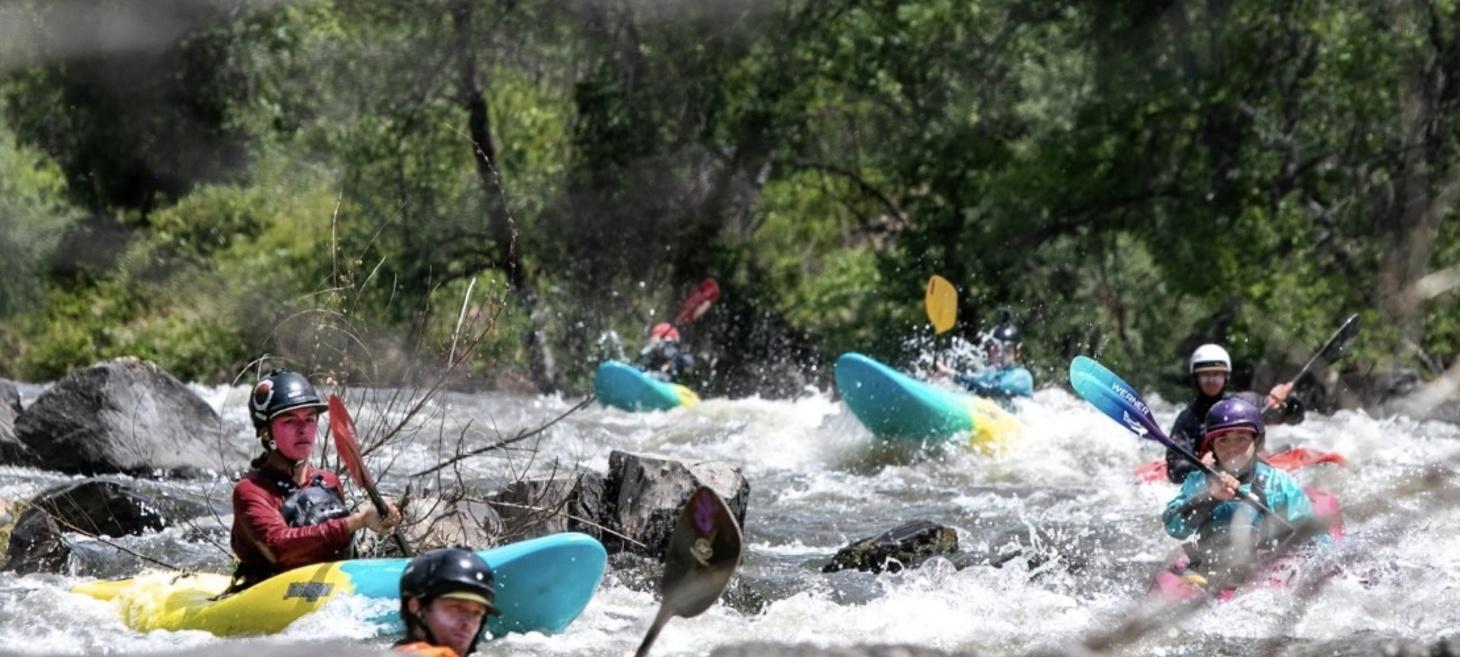
Short Film Documents First Full Kayak Run of the Klamath After Dam Removals | Arts & Entertainment
A new short film from Oregon Public Broadcasting offers a look at a once-in-a-lifetime journey down one of the West’s most storied rivers.
